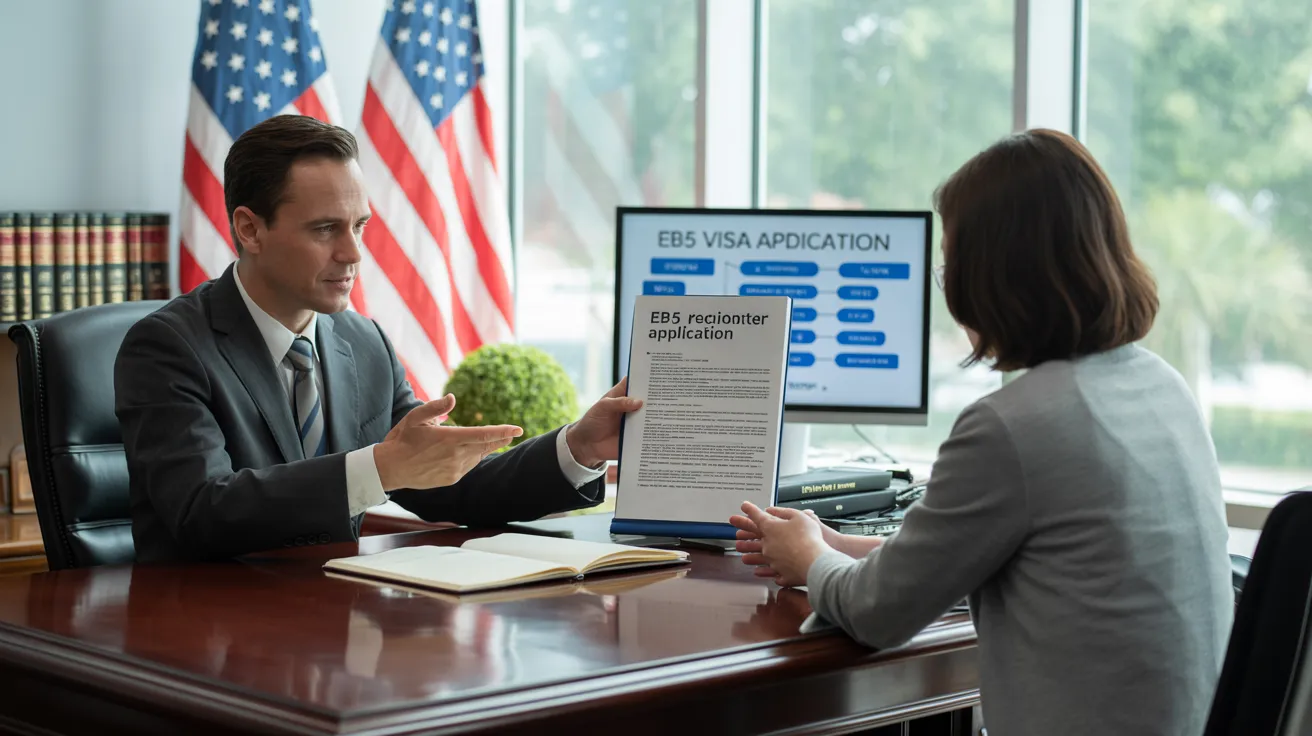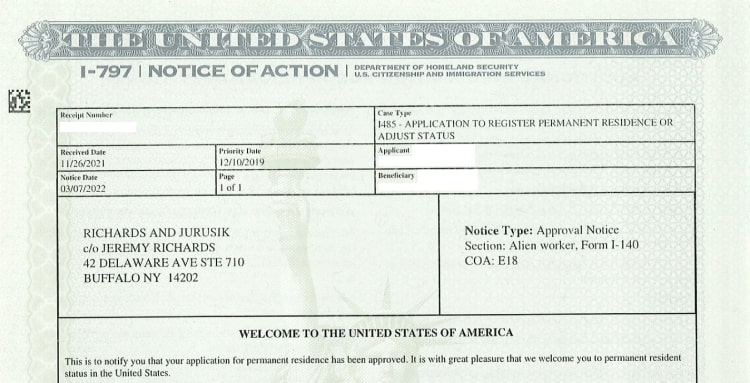L1 Visa Process
How L1 Visa can Save You Time, Stress, and Money.
Table of ContentsOur L1 Visa StatementsThe Single Strategy To Use For L1 VisaThe 4-Minute Rule for L1 VisaThe Buzz on L1 VisaNot known Details About L1 Visa
L-1 visas are readily available to staff members of a worldwide business with offices in both the USA and abroad. L1 Visa. The visa allows such foreign employees to relocate to the firm's United States office after having actually worked abroad for the business for at the very least one continual year within the previous three before admission in the United StatesOne L-1 visa can enable several staff members entrance right into the United States.
In 2019, Indian nationals received 18,354 L-1 visas, accounting for 23.8% of all L-1 visas provided in 2019. According to USCIS information, the biggest companies to get L-1 visas in 2019 were Tata Working as a consultant with 1,542 accepted L-1 visa requests, Infosys with 517, Amazon with 455, Cognizant with 382, and Deloitte with 305.
Congress created the L-1 visa in 1970. It was presented as a "noncontroversial modification" for international American firms. The initial visa required that the job tenure match directly before making an application for the firm transfer. Congress initially did not define "specialized knowledge". In 1980, the State Department issued 26,535 L-1 visas.
4 Simple Techniques For L1 Visa
Significant Indian outsourcing companies such as Tata, Infosys, and Wipro progressively used the L-1 copyright team American multinational corporations. Fifty percent of Tata's employees offered the United States began L-1 visas. The North American Open Market Arrangement had stipulations relating to intracompany transfers in between the united state, Canada, and Mexico.
By 2000, Migration and National Service tape-recorded 294,658 visa entrances. In 2002, Congress enabled L-1 visa partners, that get on an L-2 visa, the authorization to function openly within the USA. In 2003, the Us senate Judiciary Committee held a hearing on the L-1 visa. In fiscal year 2004, the number of L-1B visas surpassed the number of L-1A visas.

Candidates that remain in the USA at the time of the filing of the I-129 can request a change of condition from their existing nonimmigrant standing (i.e. visitor, pupil, and so on), so long as they remain in condition at the time of the filing of the I-129. If they head out of status after the declaring, but before authorization, there is no adverse repercussion, and the person does not build up illegal presence.
Children of the main L-1 can go to school. The spouse of the key L-1 has an automated right to operate in the United States. Children can decline paid work. The spouse can, however need not, use with the USCIS for employment authorization after arriving in the United States and, after issuance of the Work Authorization Record (EAD, Form I-765), might thereafter help any type of employer.
How L1 Visa can Save You Time, Stress, and Money.
An I-797 Notice of Activity revealing the approval of the visa request does contact us not assure that a visa will be issued at the U.S.

9 Easy Facts About L1 Visa Shown
For an L-1 visa applicant, "dual Intent" is allowed: unlike some courses of non-immigrant visas (e.g., J-1 visas (L1 Visa)), L-1 applicants might not be rejected a visa on the basis that they are an intending immigrant to the USA, or that they do not have a home abroad which they do not plan to abandon
L-1 condition may be restored and prolonged within the USA. Except in the case of covering requests, a new I-129 petition have to be filed. Renewal in the USA puts on status only, not the real visa in the copyright. copyright renewal, the candidate needs to most likely to a UNITED STATE

L1 Visa for Beginners
A person in L-1 standing generally might function just for the seeking business. If the L-1 employee enters based on an L-1 blanket, however, it normally is possible for the worker to be relocated in the very same capability to any type of other associated business noted on the covering. The L-1 visa program has been slammed for numerous reasons.
In one instance, The L1 Visa requirements U.S. Department of Labor fined Electronic devices for Imaging $3,500 for paying its L-1 visa employees $1.21 an hour and functioning several of them up to 122 hours a week. Some industry agents have accused companies of making use of the L-1 program to change U.S. workers. Critics and federal government authorities have aimed out just how the visa program does not define "specialized understanding" for international workers in the L-1B visa group.